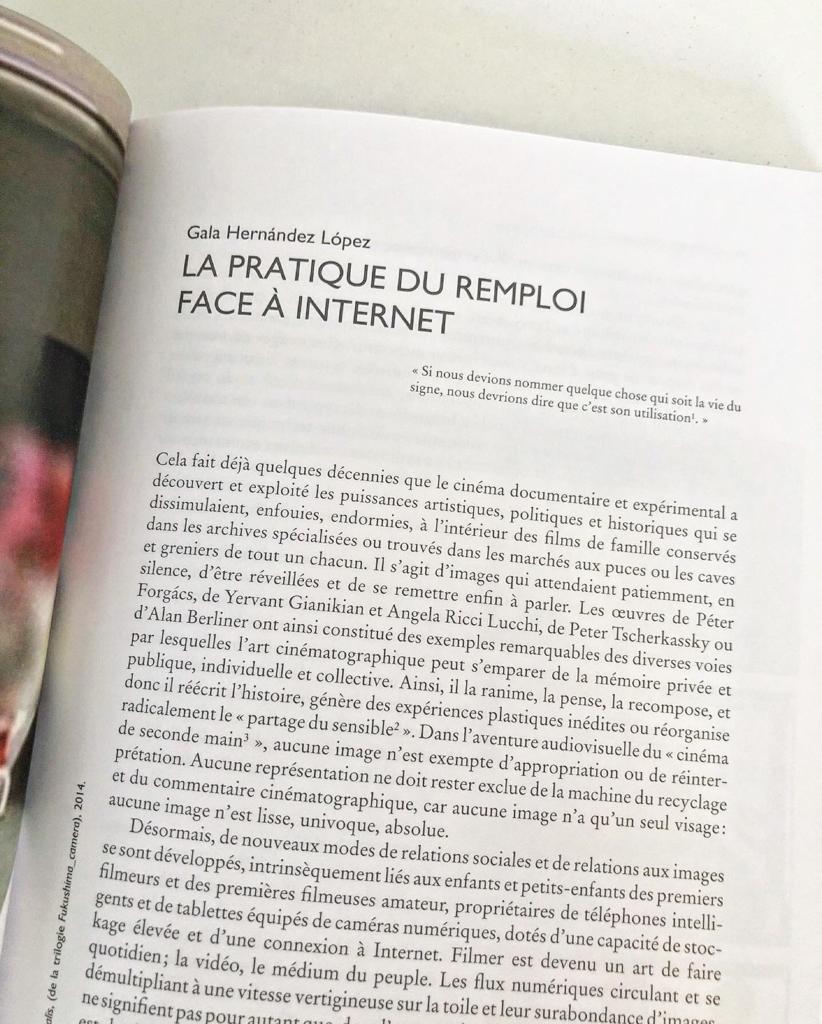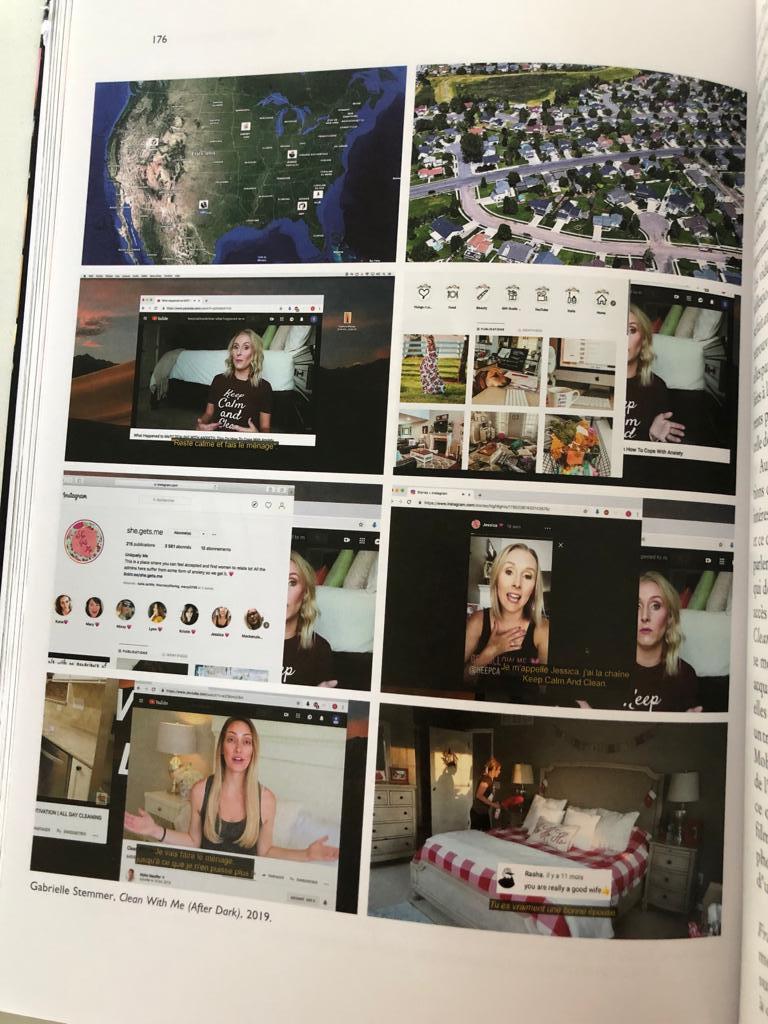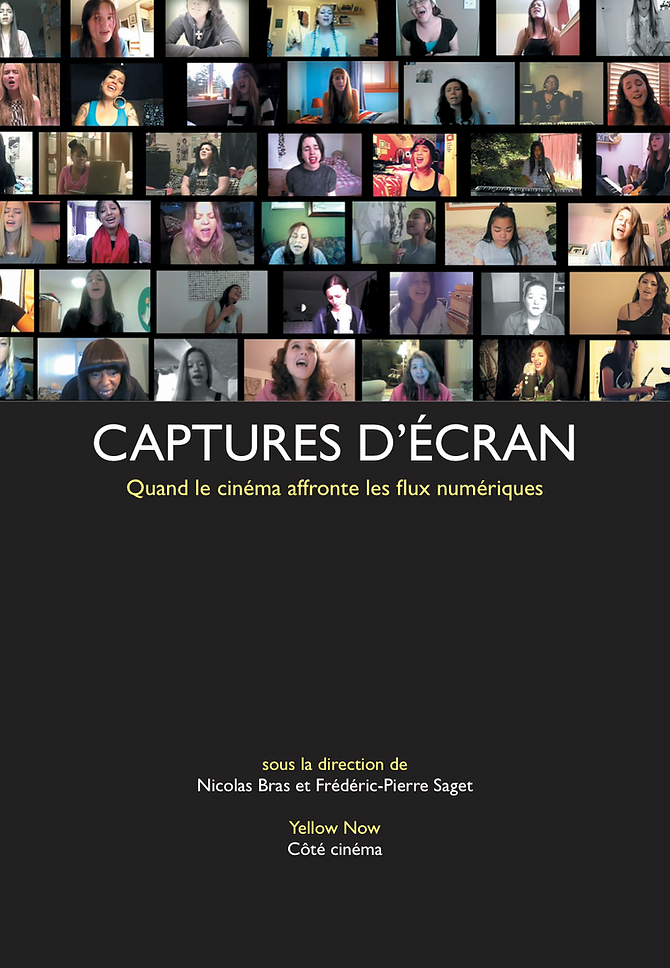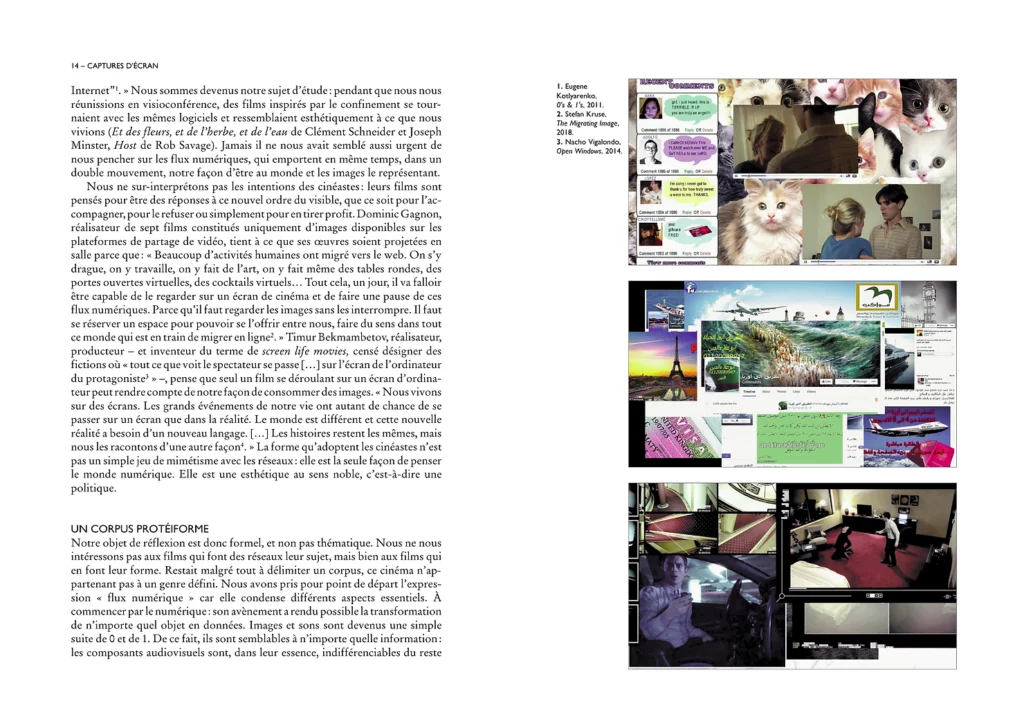Captures d'écran
Captures d’écran. Quand le cinéma affronte les flux numériques
Edited by Nicolas Bras & Frédéric-Pierre Saget, Yellow Now, 2022.


With the multiplication of screens, everything has become a moving image. Pixels, picture elements, compose as well the computer interfaces as the press articles that we unroll on our smartphones. On the other hand, the democratization of the means of filming and the advent of the Internet have transformed every citizen into a potential producer and distributor of images. How does cinema, the father of the moving image, react to this new configuration of the audiovisual, which has become more protean than ever?
This book focuses on films that have based their form and their narrative on digital flows. It addresses both fictions that take place on a computer screen and works that reuse images available online, from YouTube to surveillance cameras to Google Map. Together, these films outline an aesthetic of screen capture: a way for cinema to respond to online images by appropriating them.
Moving our daily images from the small LCD screen to the big white canvas, this aesthetic plays the role of a revelator. It highlights the panoptic nightmare of Google Street View. It realizes the democratic dream of online sharing platforms where poetry would be made by all. It exposes the logic of digital flows by using, precisely, these flows themselves.
TABLE OF CONTENTS
Avant-propos [Alexis Blanchet] Introduction [Nicolas Bras, Frédéric-Pierre Saget]
I. TUTORIEL. Faire un film de capture d’écran 1. Les différents écrans et leurs enjeux [Table ronde. Nicolas Bailleul, Dominic Gagnon, Gaëlle Jones, Denis Parrot,Tanguy Roosen, Frédéric-Pierre Saget] 2. La pratique de remploi face à Internet [Gala Hernández López]
3. Dominic Gagnon. L’exemple du saved footage [Johan Lanoé]
II. HASHTAG. catégories d’images et genres cinématographiques 1. Images de surveillance. Humains après tout ? [Meera Perampalam]
2. Images de nos camécrans. La fabrique d’un cinéma-selfie [Alice Lenay]
3. Images mises en scène. Approche du screen-movie [Stéphane Bex]
III. HYPERTEXTE. à la croisée des salles et des sites 1. Quand cinéma et Internet se rencontrent [Table ronde. Pauline Bejarano Dewulf, Frédéric Fichefet,Alice Godart, Joseph Minster, Paul Sztulman, Emmanuel Van der Auwera] 2. Sortir de l’image et naître au réel. La puissance du mème [Stéphane Bex] 3. Enquêter sur les archives. Figure du cinéma et pratique d’Internet [Brieuc Guffens]
CONCLUSION. Enseigner la grammaire du Screen Storytelling [Kevin B. Lee]
ANNEXES Filmographie Glossaire Notices bio-bibliographiques

